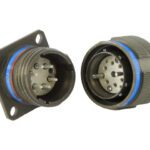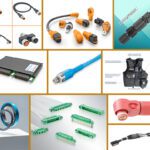Value-Add Providers Solve Customers’ Design Challenges
The model for providing value-add services grew out of the constant changes in product designs and life cycles that are so prevalent in this industry. Whether customers are in the aerospace, transportation, or factory automation markets, their requirements for reliable, high-quality connectors and cable assemblies evolve quickly, and yesterday’s demand can’t always forecast future needs.
Let’s face it. Customers looking for connectors and cable assemblies want products quickly. They often want only one or a few parts – at least for the prototype phase. And, because connectors and cables are often the last components considered in a project design, customers often need help finding the right parts or even a completely custom solution.
That’s where the value-add partner steps in.
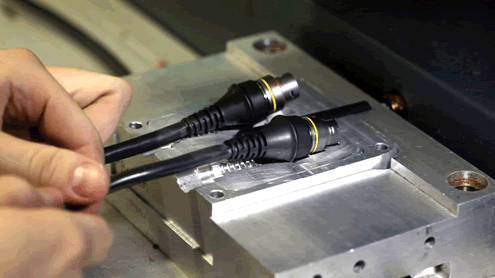
“The benefit of offering value-add services is that an engineer can choose the exact connector they need,” says Steven Fisher, CEO and President at PEI-Genesis. “Customers need products fast and often can’t plan ahead for demand patterns because market needs and product design cycles are always changing.”
In fact, the model for providing value-add services grew out of the constant changes in product designs and life cycles that are so prevalent in this industry. Whether customers are in the aerospace, transportation, or factory automation markets, their requirements for reliable, high-quality connectors and cable assemblies are constantly changing. A quickly evolving market is difficult to forecast; yesterday’s demand does not tell you much about future needs.
Those changes and requirements are why some distributors carved out a niche offering a host of value-add services to help engineers and manufacturers from design to delivery. These value-add services include custom connector assembly, where clients benefit from working with trusted, in-house advisors. These are typically engineering experts who work directly with the customer’s engineering team to find the best-fit solution – whether it’s a part they didn’t know existed or something unique, built or assembled from scratch.
A model like this requires a large investment in inventory. A value-add partner will make its inventory investment decisions based on years of experience in industry trends and customer demand. It will also have a keen knowledge of stock that offers the highest quality, reliability, and safety standards, among other requirements.
Engineers may think they need something custom but will spend valuable time scouring online parts catalogs for an existing solution to fit their needs. Sometimes they find parts online, only to find out they are not readily available – or not available at all. Turning to a provider with a large inventory as well as a staff of knowledgeable advisors around the globe will help clients find or create the right components quickly to save time, money, and headaches.
Some providers that offer value-add services create their own proprietary automation processes. Each function throughout assembly is treated as its own production “cell” – for instance, one is responsible for inserting insulators, another performs contact installation, one specializes in marking parts. This “cellular automation” model, as opposed to traditional manual product assembly, focuses on the procedures, the materials, and the people who work on assembly in each cell to optimize efficiency. Lean Manufacturing principles drive the material staging and flow through the factory and between the work cells.
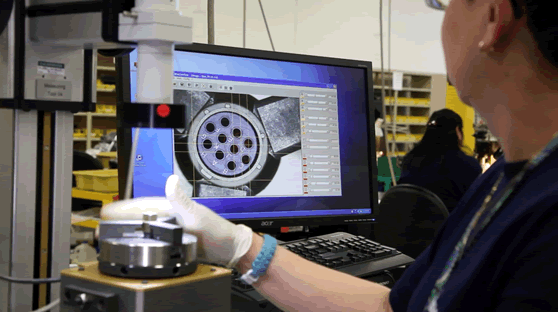
The addition of sophisticated order entry and engineering documentation systems also helps create bills of material (BOM) on demand and gives value-add distributors the ability to assemble and ship orders within days. Larger manufacturers may take weeks or months to provide the same service and often have a large minimum order quantity, which will not work for many customers and prototyping projects.
“72% of our orders are for 10 pieces or fewer; our most frequent order size is one piece,” says Fisher. “Manufacturers typically can’t meet those kinds of demands. Chances are very good that we have the components in stock to build that connector even if we’ve never built it before. We can assemble, test, and package to customer’s requirements and ship in days.”
Those kinds of value-add finishing and packaging solutions – all designed to make assembly easier and more efficient for the customer – may include custom color- or bar-coded parts, custom kits with parts packaged together or in color-coded or uniquely stamped or branded bags, and boxes that are specially packed to the end user’s specifications.
Many value-add providers will work with customers to understand their forecast and needs, and agree to build, ship, and store fully assembled finished goods connectors at the customer’s location, providing upside to forecasted demand. This model gives companies peace of mind, but it also comes with a risk of obsolescence in a market where demand and designs change quickly. Each finished-good connector in stock is only one engineering change away from being deemed obsolete.
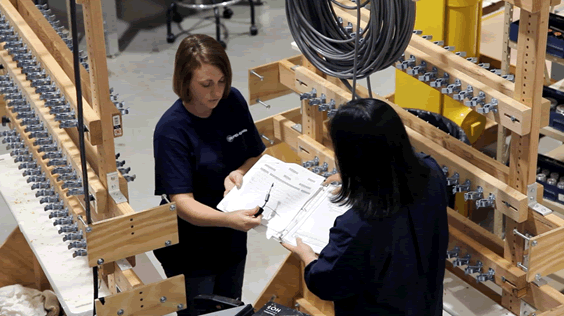
“Because of our model, we can have custom connectors and cable assemblies in customers’ hands in several days,” says Fisher, who has noticed a trend of customers buying more frequently in lower quantities. “We bond components for customers, our system will reserve their parts, and we will build them only as needed. That way, costs and risk of obsolescence are lower, while still providing customers with supply upside that ships fast.”
For all these reasons and more, it is clear that value-add partners are here to stay as a valuable addition to the connector supply chain.
Learn more at PEI-Genesis.

